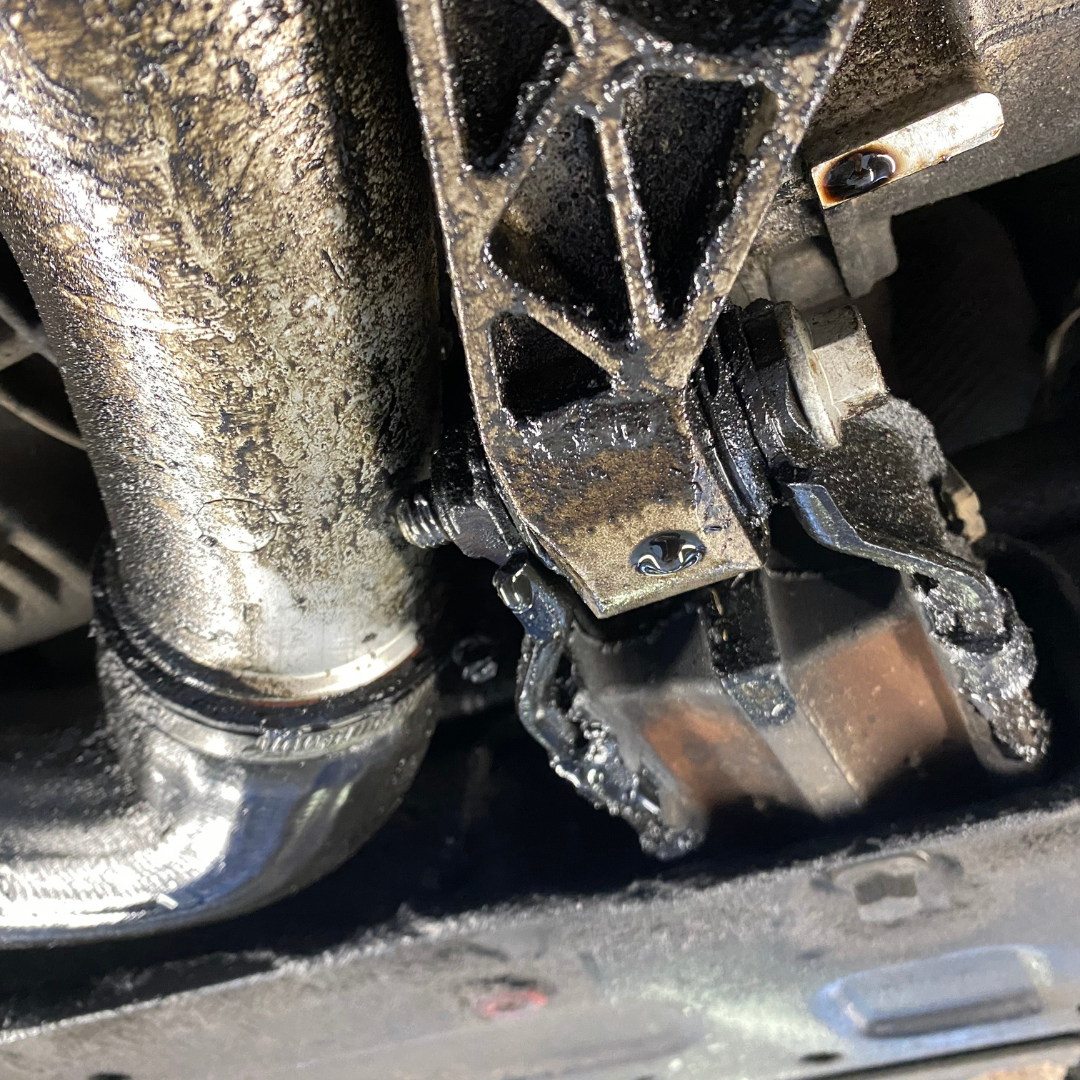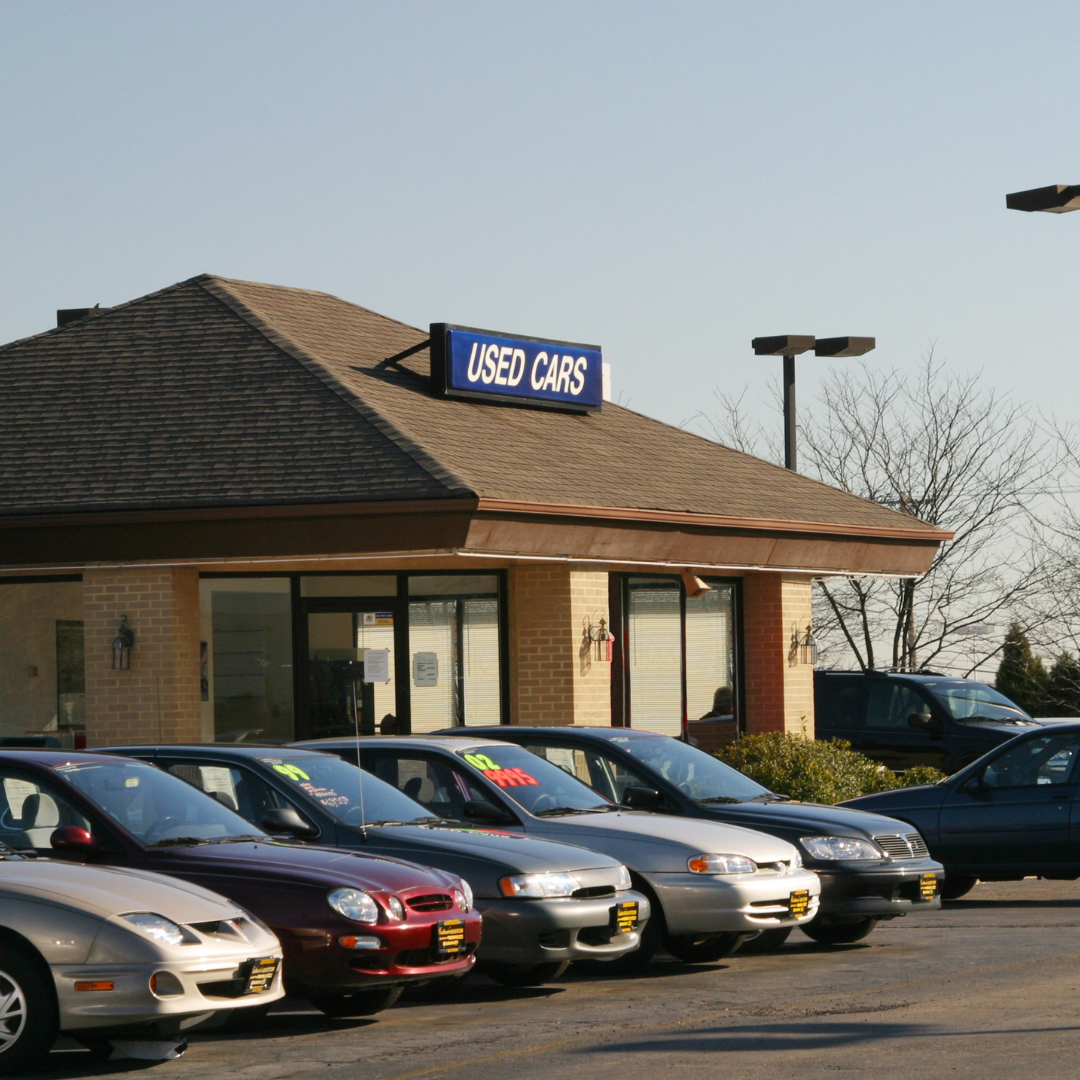Now that you’ve gotten your brand new RV and spent countless hours polishing and cleaning it, you’re ready to take it on your first adventure. You’ve packed the kids, the dog, the cat, and all sorts of camping equipment and set off to explore the country. But just a few days into your trip, you arrive at your campsite and notice a bit of water under your RV. You try to ignore it, but a few days later, the smell gets worse, and your entire family is starting to feel sick.
As you know, owning an RV is a lot of fun, especially when you have a few friends who also own RVs. However, like owning a regular vehicle, owning an RV has its own maintenance issues. For example, there are leaks.
Most RVs are not sealed like a boat. Its body is separated from the chassis, and there is a great deal of space between the chassis and the interior of the body. Usually, the chassis is separated from the wooden subfloor by a layer of foam, and the gap between the chassis and subfloor can be up to half an inch or more. The wood itself is porous, and even a few thousandths of an inch can let in moisture, which is why water damage is so common to older RVs and also why the floor is usually covered with a moisture barrier.
The number one way to protect your RV from the elements is to maintain it regularly. The condition of the exterior of your rig will directly impact how the interior is protected. Cleaning the exterior of your RV will not only help it last longer but will also protect you from the sun’s damaging rays, bugs like mosquitos, and the elements. If you want to prevent bugs from sticking to your vehicle, you can apply pest repellents to its exterior. To accomplish this, you may need to find a pest removal firm near you that can offer this service. It might be possible to find a local exterminator through the internet. For instance, if you live in Idaho, you can search for pest exterminators in idaho and pick a pest removal service from the results that can help you out. Furthermore, the effects of the sun are cumulative, and the longer you are exposed to the harmful effects of the sun, the more likely your RV will experience some serious wear and tear.
When you find a leak, first, you should immediately turn off the water supply to the RV. This will help prevent any further damage to the interior of the RV while you call a Water Damage Restoration Company to make the repair. The quick fix is to buy a sealant fix. All you need to do is apply a bead of the sealant around the area where the leak is. After applying the sealant, you then need to tape around the area where the leak is to prevent further water from leaking out. You can use a plastic wrap tape that can be bought from https://shrinkwrapcontainments.com/p-22-premium-95-mil-shrink-wrap-tapes.aspx or similar suppliers. Heat shrink tape can provide security under most temperature and moisture conditions, and such leaks are no exception.
The dirt, oil, and debris that get trapped on the body of your RV can also cause leaks. The moisture from your washer fluid or shower water can easily collect on the exterior of your RV.
The roof of your RV is exposed to all the elements 24/7. It’s exposed to the sun, the rain, the snow, the hail, the sand, and even the falling debris from trees in storms. If you’re not careful, you might find yourself looking for Paintless Dent Repair in Austin, Texas after a particularly hard hail storm. But, if it’s exposed to every type of weather then it’s not a surprise that your roof is going to need repairs at some point. You can avoid damage by getting regular RV roof maintenance, but even with the best of care, you’re going to need to do some repairs when the inevitable happens.
There’s nothing more frustrating for an RV owner than a leaky roof. And it doesn’t matter if you’ve only had your RV for a few months or if you’ve had a leak for years. The problem will be no less trying to fix. Depending on the severity of the leak, you may be able to stop the leak on your own by closing the source of the leak and keeping the area dry until the material can be repaired.




